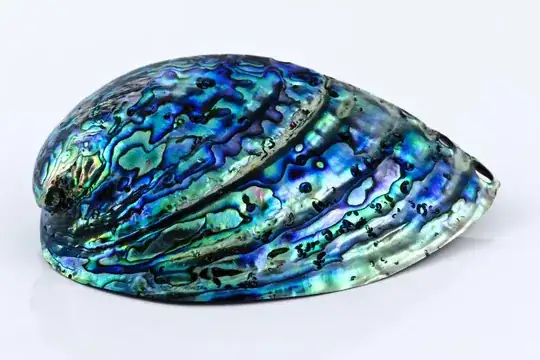So, the microstructure of abalone shells is 95% calcium carbonate, such as aragonite, tiles and 5% organic polymer that binds them together. This binding fails in a graceful manner, allowing the shell to take a lot of punishment before shattering.
This composite material is around 3,000 times more resistant to fracturing than calcium carbonate and twice as resistant to fracturing as boron carbide, despite the high degree of mineralization.
Source: http://meyersgroup.ucsd.edu/papers/delete/1999/Meyers%20211.pdf
On top of that, thanks to how light is refracted by said microstructure, it also looks cool.
Can you imagine how insanely bullet-resistant could scales/osteoderms/whatever be if I managed to replace the material of the "bricks" with something stronger? It would probably be like the Battle of Ramree Island, though with even more screaming.
Well, I still have some things to solve, but bullet resistant, lightweight armor is a good start for my apex predators.
However, this is where problems show up. Hydroxylapatite is probably the strongest mineral in the human body, but it still seems fairly weak. I mean, yes, the composition of scales could vary across the creature's body, with the strongest covering their head and chest, but those should be as strong as possible.
Other than utilizing enzymes, another way of attaining certain minerals could be the Kakyoin method (RERORERORERO), basically, lick it until it's gone; mountain goats do it too.
So, what is the strongest (high Vickers hardness, and a-okay or better fracture toughness) mineral that could be obtained by an animal (either by synthesis via enzymes or munching) and serve as a replacement for the aragonite bricks in the aforementioned microstructure?

There are various ways how to penetrate modern armour, just as there are various armours to protect against these, with the reactive armour being the most common and most universal. And there would also be a way to penetrate the armour of your beast, perhaps in an unconventional way.
What are the hunters using? If the weapons are simply delivering a heavy impact, akin to bullets, then having an abalone-like shell is enough (especially if you plan to make it thicker)
– Nuloen The Seeker Oct 19 '20 at 17:44